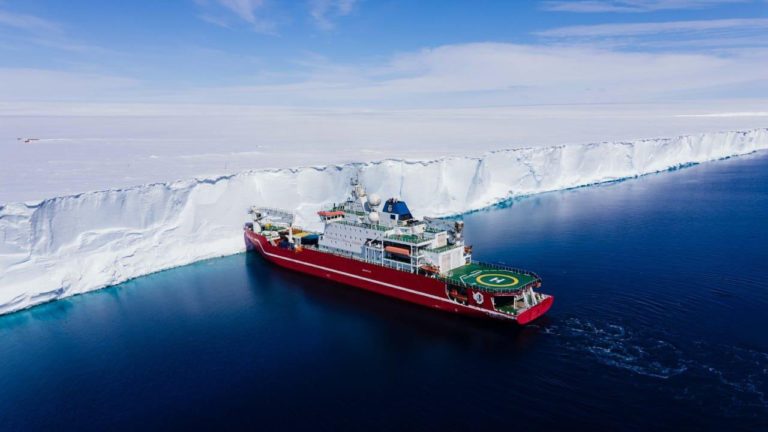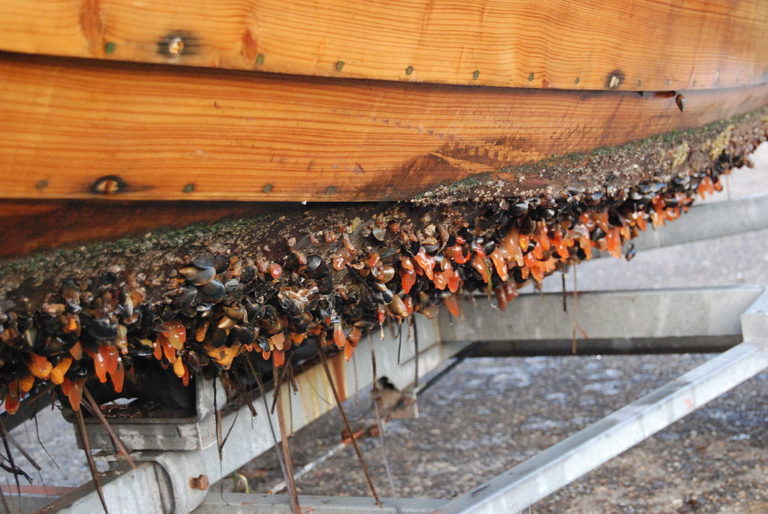A recent study has found that various marine species from around the world are invading and imposing threats to Antarctica’s largely untouched marine ecosystem by attaching themselves to ships that visit the icy continent.

South Africa’s Antarctic vessel, The SA Agulhas II. Picture: Getaway Gallery
The study can be found in the Proceedings of the National Academy of Science and was conducted by a research team from the British Antarctic Survey and the University of Cambridge.
Utilizing satellite data and monitoring international shipping databases to determine the weight of Antarctic traffic, the study makes a case for stricter regulations and protocols to be put in place on ships travelling to Antarctica that could potentially carry invasive species.
Creatures of particular concern are mussels, barnacles, crabs, and algae because they attach themselves to hulls. This process is called biofouling. Some of these creatures can survive in polar waters and multiply, thereby threatening marine life on the seabed, according to BBC.

Biofuelling on a boat’s hull. Picture: Dansker/Wikimedia Commons
One might think that because Antarctica is both extremely regulated and isolated, this is not of significance, as it only occurs rarely, then surely it shouldn’t pose so much of a problem, right?
Except that ships from 1500 global ports visit Antarctica, meaning that invasive species from anywhere in the world can be transported to Antarctica. These species create entirely new habitats to survive in the frigid waters and make it harder for native Antarctic marine life to survive.
These new habitats can completely devastate the surrounding ecosystem. Lead researcher Arlie McCarthy explained the significance of this: ‘Antarctica’s native species have been isolated for the last 15-30 million years. This is the last place in the world where we don’t have marine invasive species.’
Thus, the preservation of Antarctica’s ecosystem is imperative. To read more on this study, click here.
ALSO READ















